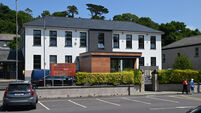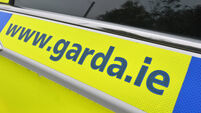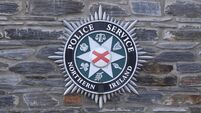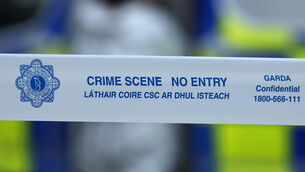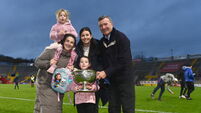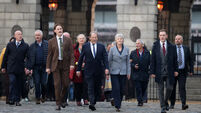‘Practical work rewarded in paper’
Association of Secondary Teachers Ireland (ASTI) subject spokesman Mattie Finnerty said the higher level paper was appropriate on the day when the Green Party entered Government as one question asked about how humans contribute to carbon dioxide in the atmosphere.
He said students were rewarded for their practical work as most questions had some element related to the mandatory experiments on the syllabus. Mr Finnerty thought the physics section was probably the most demanding as specific answers were sought and many questions required a lot of maths work.
He said that a weather chart question was more suited to a geography exam.
Teachers’ Union of Ireland (TUI) spokesman Gerry King also noted an increased emphasis on practical work and said that students would need to have done their experiments to answer most questions. He said it was fair and balanced, with a few challenging questions as would be expected at higher level.
Mr Finnerty said the ordinary level paper was far easier than last year, with well-presented diagrams, and not too much writing was needed. He said one question which might have posed problems asked how students could investigate household substances to see if they were acidic, basic or neutral.
Mr King said the ordinary level paper was well laid out and the language used was appropriate. He said that a question on atomic structure and bonding might have proved difficult, as was another asking them to graph the relationship between voltage and current.
The afternoon Leaving Certificate art history and appreciation papers, worth almost 40% of total marks, was well received by teacher representatives.
ASTI’s Padraig McGrath said higher level students were pleased with the choice of questions, with the Irish art section covering topics ranging from pre-Christian metalwork to contemporary designer Paul Costelloe. In the European section, many popular periods were examined such as Romanesque sculpture and the high Renaissance.
Mr McGrath said the gallery question in the final section was answerable, while students might also have liked questions about shop front design and theatre performance.
He said the ordinary level paper also featured broad-ranging questions, which were broken down well to give students clues to where they should go with their answers.
TUI subject spokeswoman Mary Kavanagh said the language in the questions was appropriate for ordinary level and there was nothing to trick students. She felt that all areas they should have studied were covered extensively, including Jack Yeats and Oisín Kelly who had not been examined for a number of years, and surrealism and the Cistine Chapel in the European section. She said the gallery question was straightforward.
Ms Kavanagh said questions on the higher level paper were clear, with Yeats and Kelly also appearing, as did surrealism and what she described as two nice questions on the Renaissance. She said the gallery question asking for a discussion of two works which impressed students was as nice as could be expected.
Yesterday morning, higher level Leaving Certificate technical drawing students faced a fair first paper, according to ASTI spokesman John O’Sullivan. He said the questions in each topic related to key concepts rather than peripheral aspects and students were given enough scope to show their understanding of the course’s geometric principles.
While the first question on lines and planes should have settled most students, Mr O’Sullivan had slight reservations about the solids in contact question as the second part was the most challenging rather than the third one as normally expected. He also thought the inter-penetration question was demanding.
TUI’s Pat O’Dwyer thought the paper was fair and agreed that students were generally pleased with the first question. He said it allowed candidates to finish on time, as did many questions throughout the paper. He thought students might have been disappointed with the manipulation of areas question which required them to solve a number of problems and was quite difficult. He felt that the inter-penetration looked quite tough at first glance but students should have fared well enough if they tried it.
Mr O’Sullivan said the ordinary level paper was fair, with a well-designed diagram in the solids on contact question helping students with the complexities of three solids in contact. He said the question on areas of figures, which most students would not normally attempt, was answerable.
Mr O’Dwyer said the mix of three plane geometry and four solid questions was a perfect balance and the paper contained nothing out of the ordinary.
The afternoon religious education papers for Junior Certificate candidates were described by ASTI subject spokesman David Martin as straightforward. However, while it was fair, he believed the wording of questions at both higher and ordinary level were not student-friendly.
TOMORROW: Reviews of Leaving Certificate German and Technical Drawing; Leaving Certificate German and Home Economics





